Napa Valley’s rolling hills conceal some of the world’s most remarkable wine storage facilities. Carved directly into mountainsides, these underground caves represent centuries of winemaking tradition that’s been perfectly adapted to California’s distinctive landscape. The natural temperature control and humidity these subterranean spaces provide create ideal conditions for aging wine, though their dramatic architecture has transformed them into destinations worth visiting on their own merit.
Walking through these dimly lit tunnels lined with oak barrels feels almost mystical. It’s like stepping into another realm where time moves at a different pace, and every bottle holds its own story.
Here is a list of 17 underground wine caves that showcase Napa’s finest hillside engineering and winemaking craftsmanship.
Schramsberg Cellars

Schramsberg’s caves trace back to 1862 — making them among Napa Valley’s oldest. Jacob Schram, a German immigrant, hand-carved these tunnels into the hillside, with Chinese laborers contributing their craftsmanship during California’s early wine industry boom.
The caves wind nearly two miles through the mountain, creating a labyrinth of passages that naturally maintain 58 degrees year-round. Robert Louis Stevenson visited these very caves in 1880 and described the wine as ‘bottled poetry’ in his book ‘The Silverado Squatters’.
Inglenook Winery
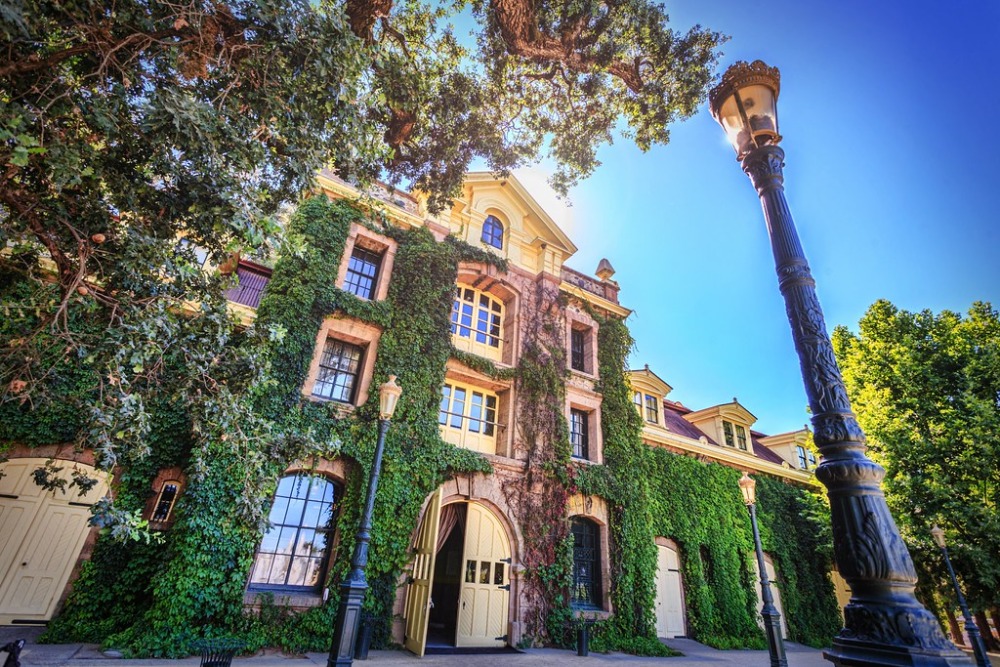
Finnish stonemasons carved Inglenook’s historic caves during the 1880s using traditional European techniques. These skilled craftsmen created perfectly arched ceilings that have remained structurally sound for over a century. Some sections reach 150 feet below ground as the caves stretch deep into the Mayacamas Mountains.
When Francis Ford Coppola purchased the property, he carefully restored these caves while preserving their original character and adding modern wine storage systems.
Like Travel Pug’s content? Follow us on MSN.
Stag’s Leap Wine Cellars
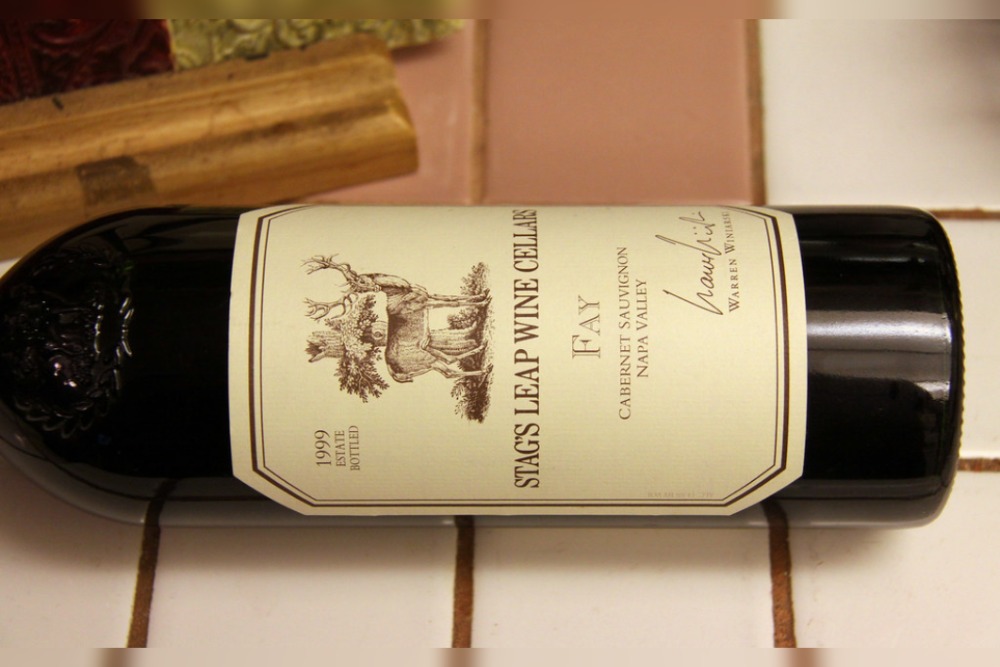
The dramatic cliffs of the Stag’s Leap District house caves that opened in 1990 and quickly gained legendary status. This facility encompasses 10,000 square feet of underground space — complete with a tasting room built directly into the rock face.
Visitors often describe the experience as dining inside a mountain, with natural stone walls and soft lighting creating an incredibly intimate atmosphere. These caves maintain perfect conditions for their famous Cabernet Sauvignon, which helped put Napa on the world wine map after defeating French wines in the 1976 Paris tasting.
Jarvis Winery
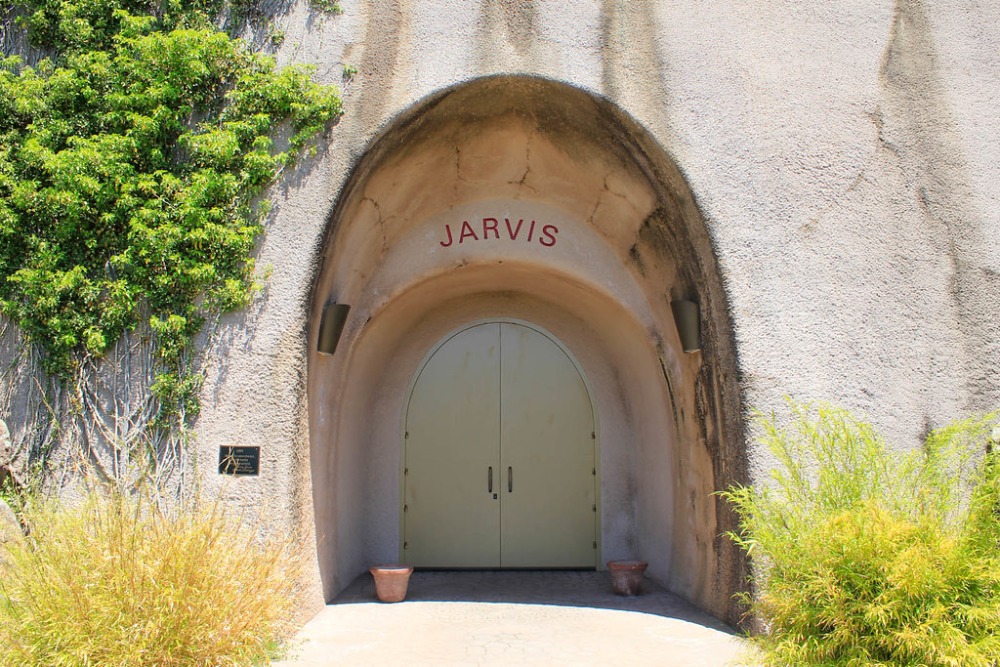
Modern engineering reaches its peak at Jarvis, where over 45,000 square feet of underground space was carved into Napa’s eastern hills. Construction required seven years and the removal of 170,000 tons of rock using controlled explosions.
The facility doesn’t just store wine — it houses a complete underground winery, fermentation room, and even a concert hall. Without any mechanical systems, the caves maintain a constant 60 degrees and 85% humidity, proving nature still knows best.
Palmaz Vineyards
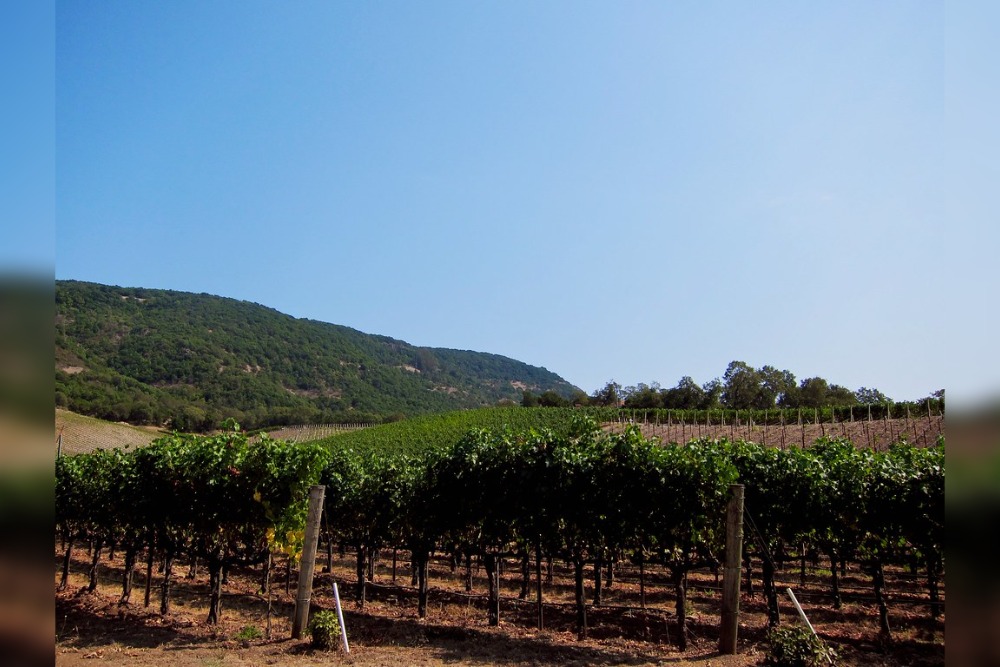
This family-owned winery created one of the world’s most technologically advanced cave systems. The 100,000-square-foot facility was carved 18 stories deep into the Vaca Mountains using computer-controlled equipment for precision.
A unique gravity-flow system allows grapes to enter at the top and wine to emerge at the bottom — never requiring pumps that might damage the delicate fruit. The engineering marvel includes multiple levels connected by a glass elevator offering stunning views of the fermentation process.
Like Travel Pug’s content? Follow us on MSN.
Castello di Amorosa
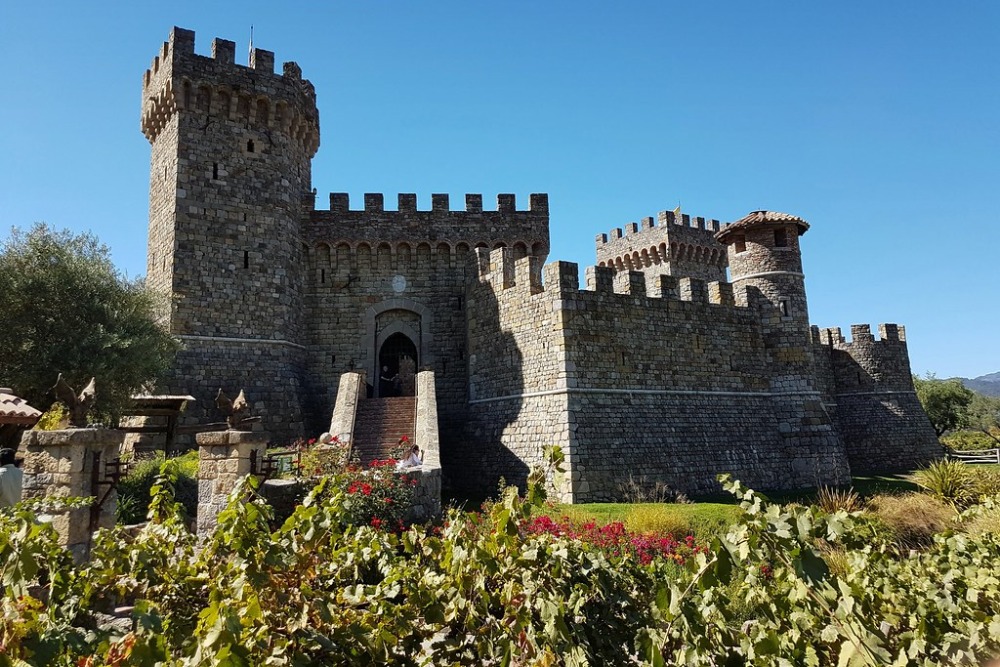
Though technically a replica of a 13th-century Tuscan castle, the caves beneath Castello di Amorosa are completely authentic. Owner Dario Sattui invested 15 years and $40 million in creating this elaborate facility — including hand-carved caves extending deep into the hillside.
The underground chambers feature medieval-style architecture with stone walls, iron gates, and even a torture chamber for dramatic effect. These caves naturally maintain ideal wine storage conditions while providing visitors with an unforgettable journey through winemaking history.
Opus One Winery
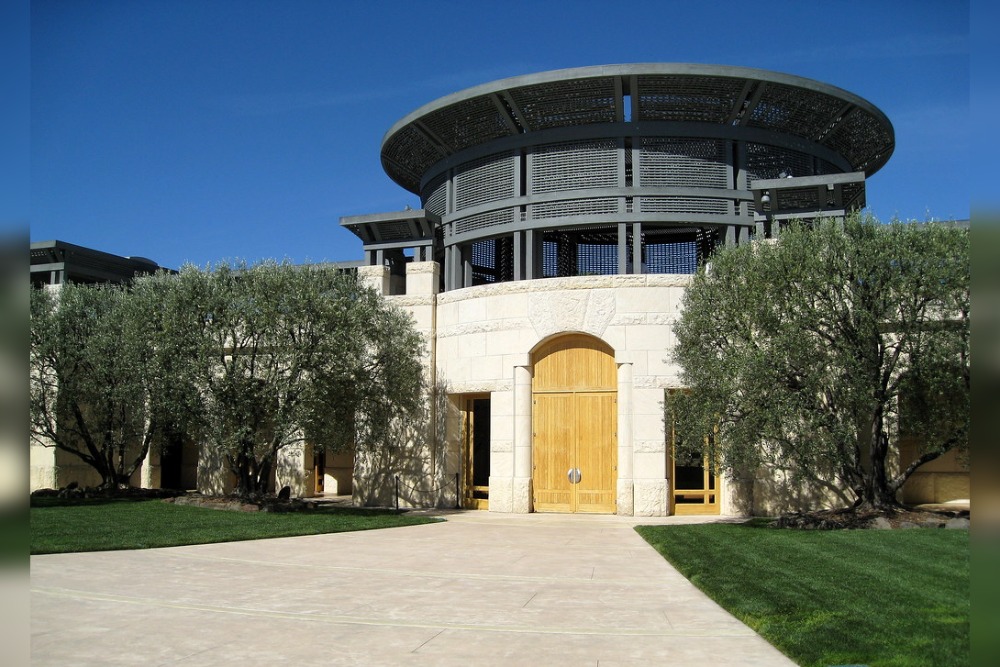
This joint venture between Robert Mondavi and Baron Philippe de Rothschild features caves that blend French tradition with California innovation. The facility includes 1,000 feet of underground tunnels carved into the Oakville hillside — designed to complement the winery’s striking above-ground architecture.
A unique racking system allows for gentle wine handling during the aging process. Visitors can tour the facility and taste wines directly from barrels stored in these temperature-controlled chambers.
Chateau Montelena
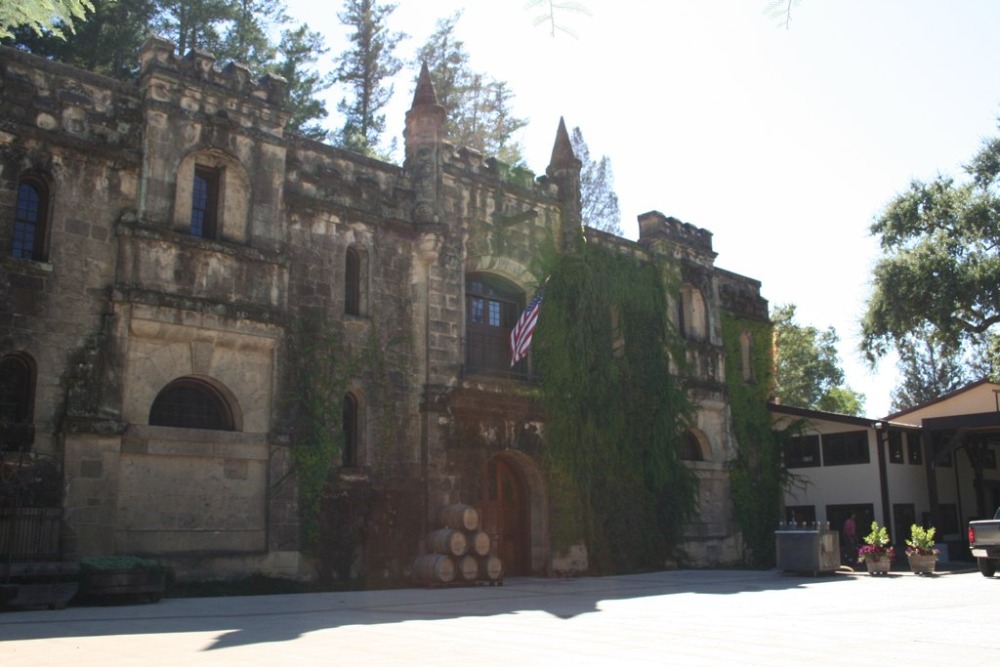
Famous for producing the Chardonnay that won the 1976 Paris tasting, Chateau Montelena’s caves were built in the 1880s by Chinese laborers. The original stone construction remains largely unchanged — thick walls naturally regulate temperature and humidity.
These caves extend 300 feet into the hillside behind the historic chateau, creating a network of tunnels perfect for long-term wine aging. The facility combines old-world craftsmanship with modern winemaking techniques while maintaining the same conditions that created their world-famous wines.
Like Travel Pug’s content? Follow us on MSN.
Frank Family Vineyards
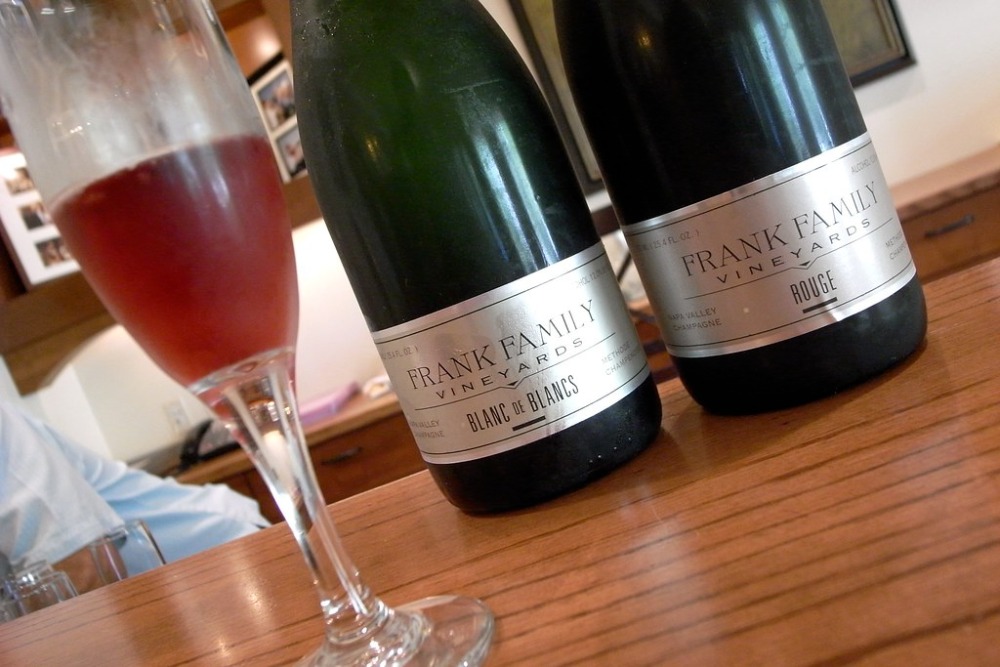
Located in a stone building that once housed Larkmead’s Craftsman-style winery, these caves were carved in the early 1900s. The underground facility features classic brick-lined tunnels that curve gracefully through the hillside — creating intimate spaces for wine storage.
A constant 55-degree temperature makes these caves perfect for aging their signature Cabernet Sauvignon and Chardonnay. The family has preserved the original architecture while adding modern touches that enhance both functionality and visitor experience.
Beringer Private Reserve

German craftsmen carved the Beringer caves in 1876 using traditional techniques that created some of California’s finest 19th-century tunnel construction. These limestone caves extend 1,000 feet into the hillside behind the historic Rhine House. Hand-carved arches and alcoves create perfect microclimates for different wine styles.
These caves have been continuously used for wine production for nearly 150 years — making them living monuments to Napa’s winemaking heritage.
Calistoga Cellars
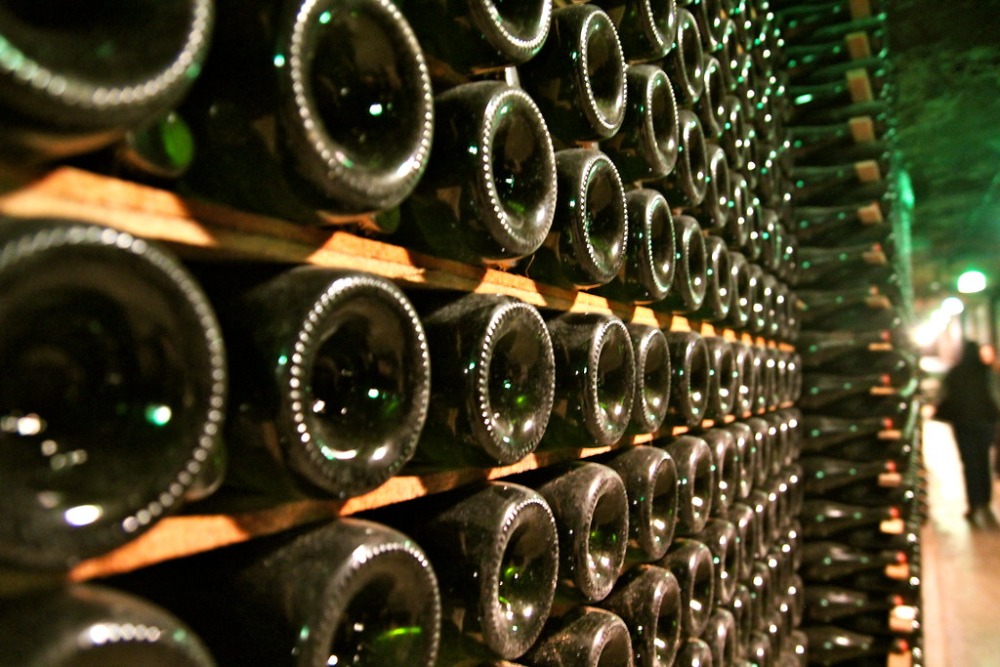
Tucked into the hills above Calistoga, these caves were carved in the 1980s using modern excavation techniques combined with traditional design principles. The facility includes 8,000 square feet of underground space with natural rock walls and optimal storage conditions.
A unique barrel storage system allows for easy access while maintaining the wine’s ideal environment. Visitors can explore the tunnels and learn about the careful balance between technology and tradition that makes great wine possible.
Like Travel Pug’s content? Follow us on MSN.
Rombauer Vineyards
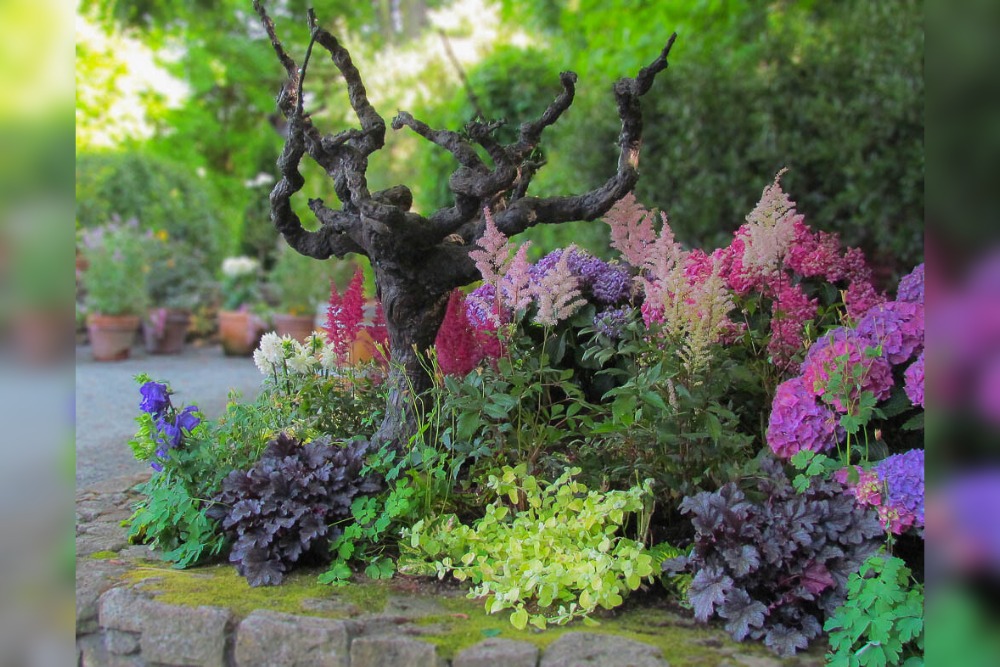
Perched on the hillsides above Silverado Trail, Rombauer’s caves were carved into volcanic rock that provides excellent insulation. Multiple chambers connected by curved tunnels follow the natural contours of the mountain. The caves maintain perfect conditions for aging their famous Carneros Chardonnay and Napa Valley Cabernet Sauvignon.
The family has created intimate tasting areas within the caves where visitors can experience wines in the same environment where they mature.
Peju Province Winery
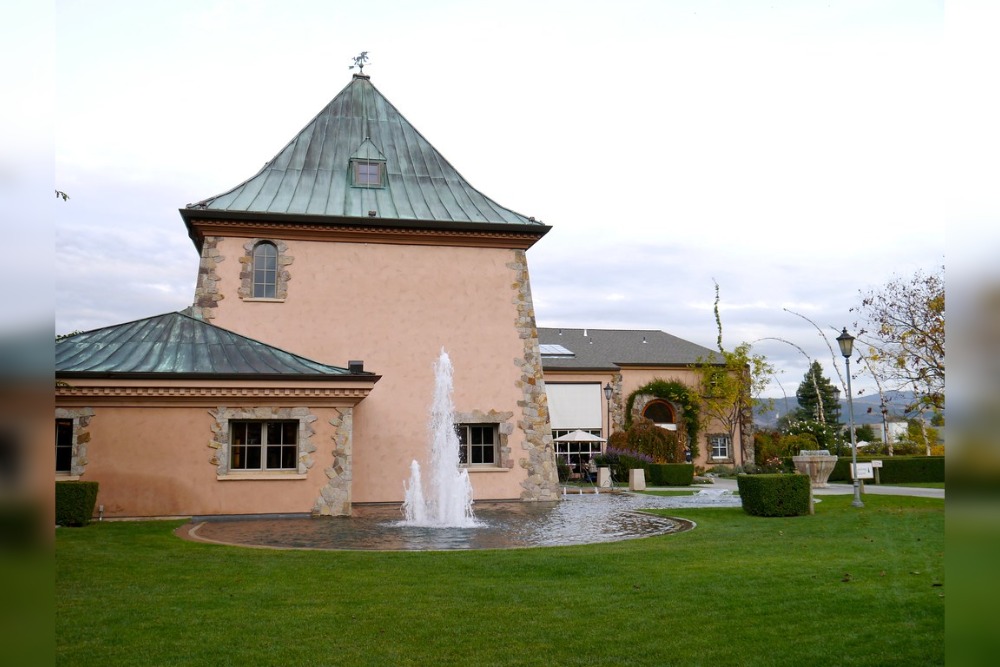
The Peju caves combine practical wine storage with artistic design, featuring hand-carved tunnels that serve as both functional space and gallery. This facility includes 6,000 square feet of underground storage with natural stone walls and climate-controlled conditions.
The caves showcase the family’s art collection alongside their wine barrels, creating a unique cultural experience. The design allows for optimal wine aging while providing visitors with an educational journey through both winemaking and artistic expression.
Bale Grist Mill State Historic Park
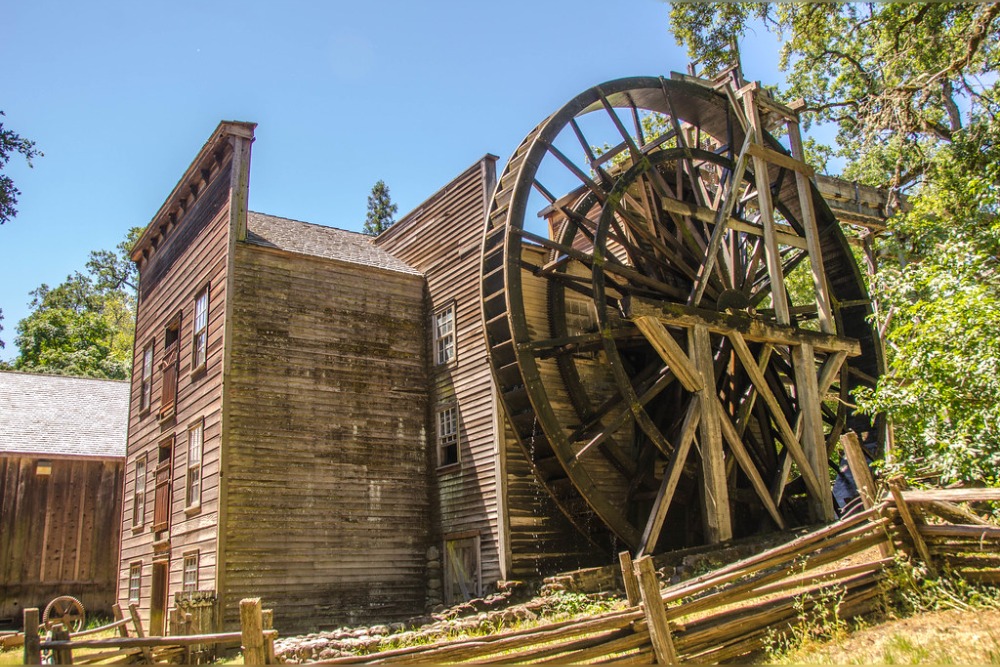
While not a commercial winery, the historic caves at Bale Grist Mill represent early California wine storage techniques. Hand-carved tunnels were created in the 1860s using simple tools and immigrant labor from various European countries. These caves demonstrate how early settlers adapted Old World techniques to California’s unique climate and geology.
The facility now serves as an educational site where visitors can learn about traditional winemaking methods and the history of Napa Valley’s wine industry.
Like Travel Pug’s content? Follow us on MSN.
Clos Pegase Winery
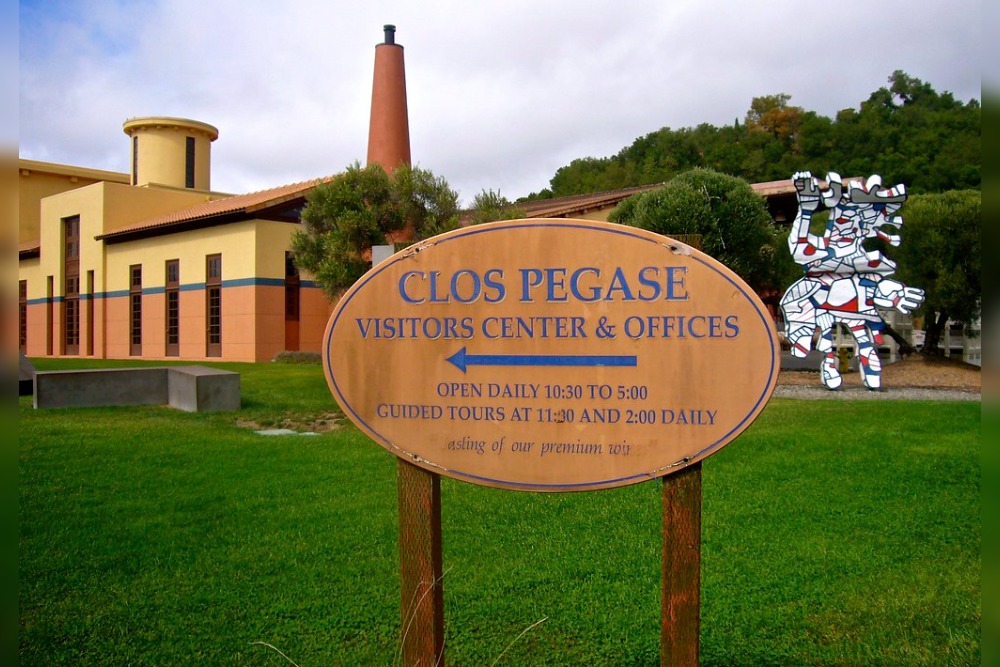
Designed by architect Michael Graves, Clos Pegase features caves that blend modern aesthetics with traditional functionality. The underground facility includes 20,000 square feet of storage space carved into the hillside behind the main winery building. The caves maintain optimal conditions for aging wines while showcasing the owner’s impressive art collection.
The design creates a seamless flow between the above-ground tasting areas and the underground storage, allowing visitors to experience the complete winemaking process.
T-Vine Cellars
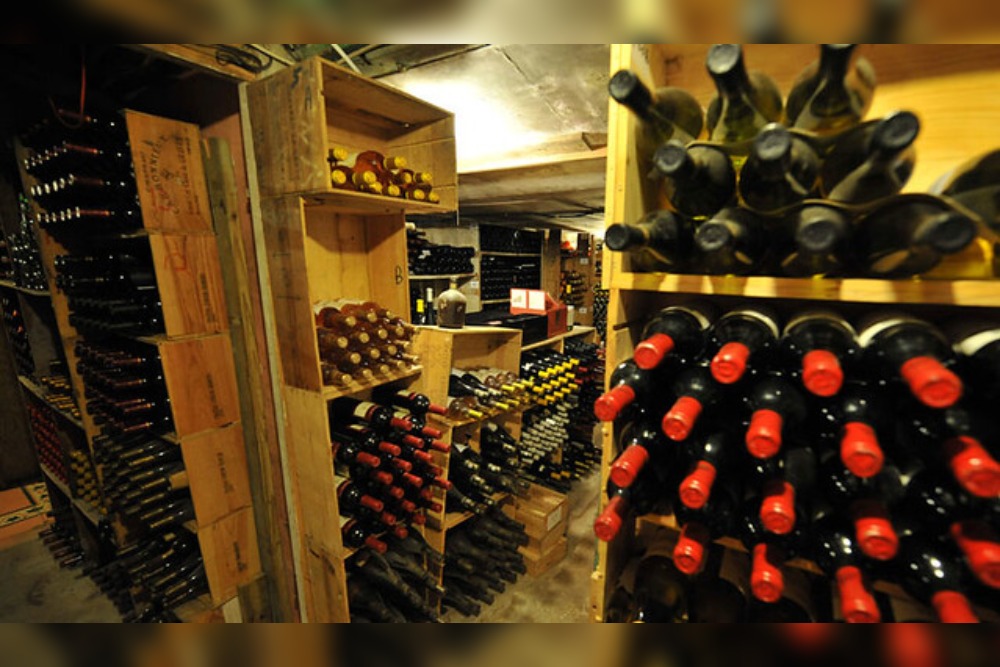
Located in the historic Tubbs building in Calistoga, these caves were carved in the early 1900s and recently restored to their original glory. The facility features traditional stone construction with modern temperature control systems that maintain ideal wine storage conditions.
The caves extend 200 feet into the hillside, creating intimate spaces perfect for small-batch wine production. The restoration preserved the original craftsmanship while adding contemporary touches that enhance both functionality and visitor experience.
Vincent Arroyo Winery
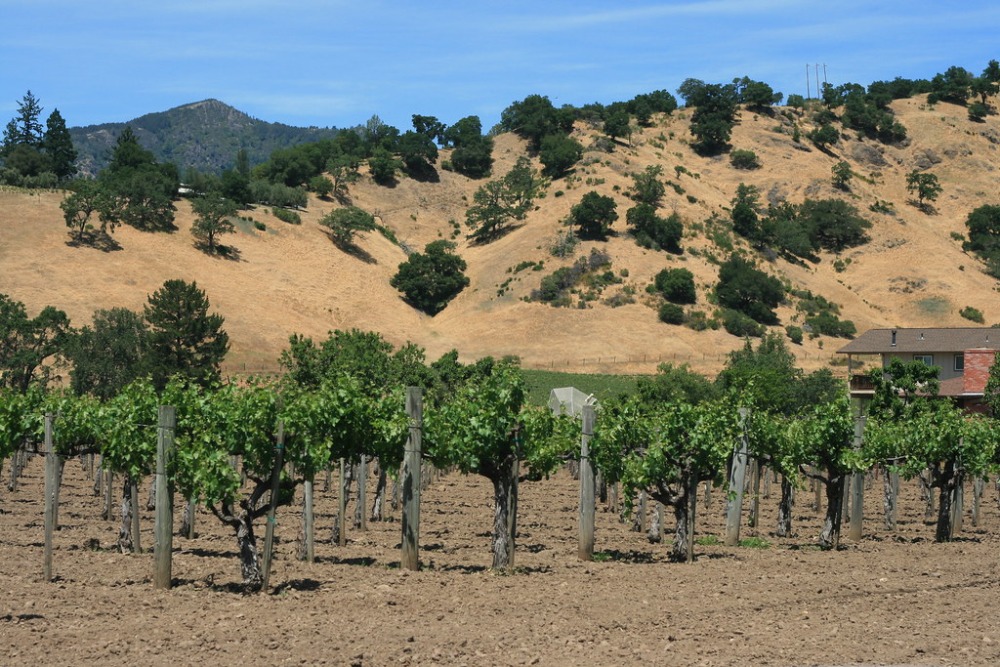
The Vincent Arroyo caves represent a more rustic approach to underground wine storage, carved into the hillside using traditional methods. Natural stone chambers maintain consistent temperature and humidity without mechanical systems.
The caves showcase how smaller wineries can create excellent storage conditions using simple, time-tested techniques. The family has preserved the caves’ original character while making them accessible to visitors who want to experience authentic, small-scale winemaking.
Like Travel Pug’s content? Follow us on MSN.
Where Ancient Craft Meets Modern Vision
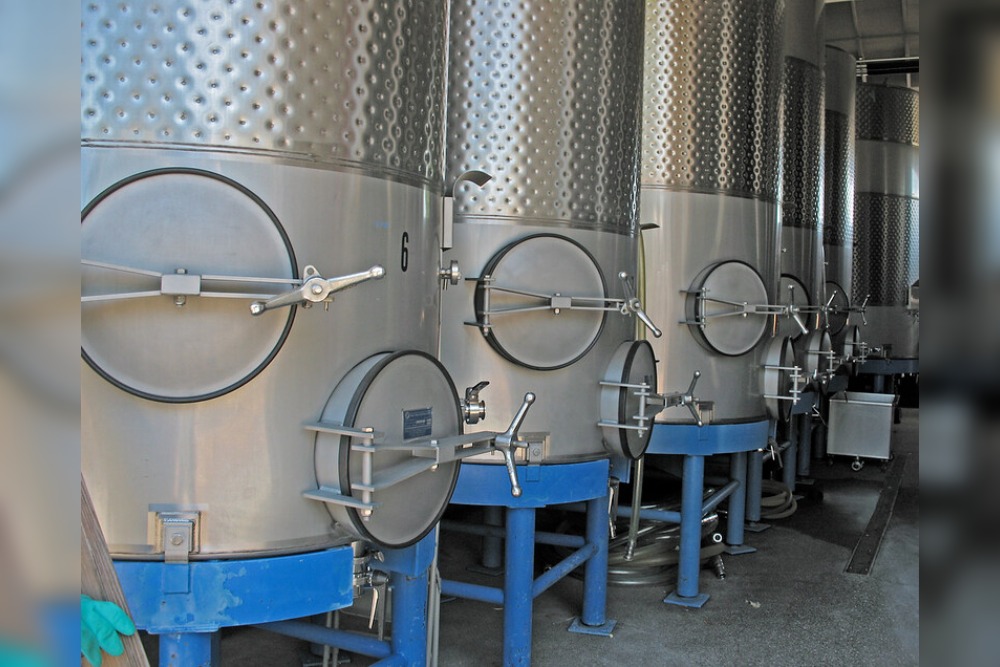
These underground caves represent far more than just practical wine storage solutions. They connect modern Napa Valley to centuries of winemaking tradition, demonstrating how ancient techniques still create the best conditions for aging wine. The caves prove that sometimes the oldest methods remain the most effective, with natural temperature control outperforming expensive mechanical systems.
Each facility tells a unique story of immigrant craftsmanship, family dedication, and the ongoing pursuit of the perfect wine. Today’s visitors can experience these underground marvels and appreciate how the marriage of old-world knowledge and new-world innovation continues to produce some of the world’s finest wines.
More from Travel Pug

- 20 Best Beach Towns in the Carolinas
- 13 Destinations Where Tourists Regularly Regret Their Trip
- 20 Things You Actually Get in First Class
- 20 Small Airports With Aviation Museums
- 20 Places in the U.S. That Are Perfect for a Reset Trip
Like Travel Pug’s content? Follow us on MSN.
